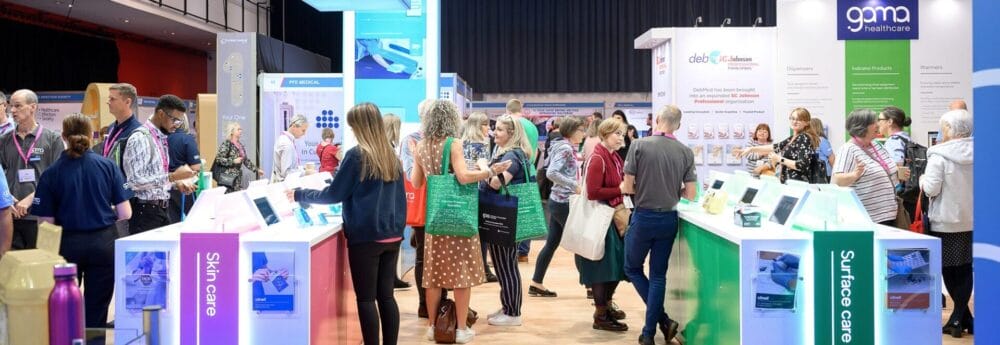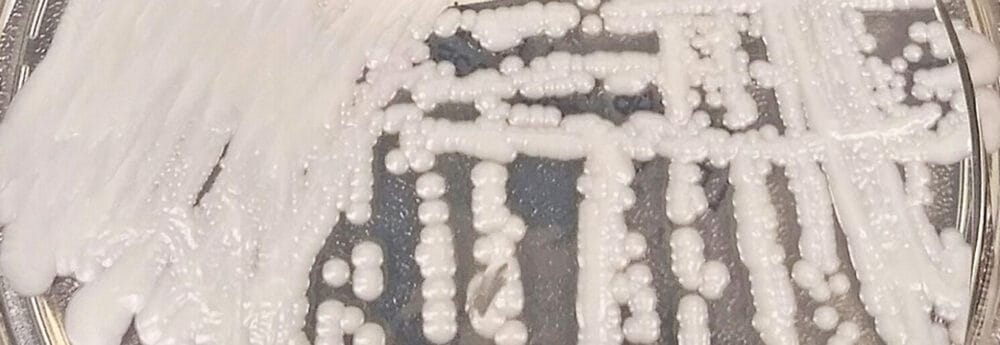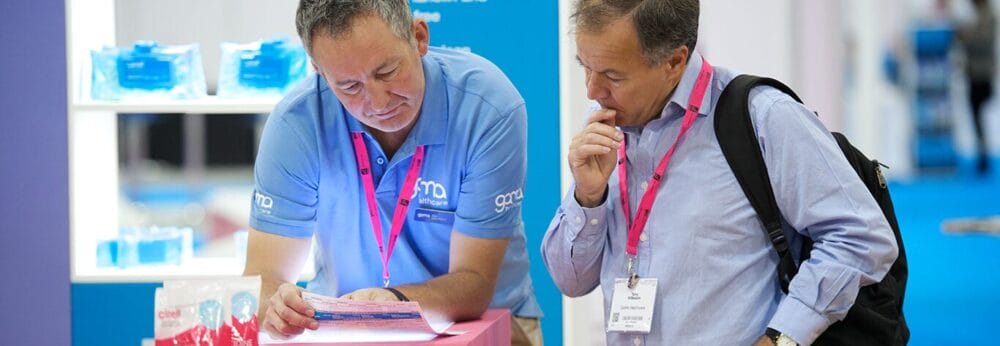Posts Tagged ‘CANDIDA AURIS’
Chlorine vs. Candida auris
You’d expect a powerful oxidising disinfectant like chlorine to be effective against Candida auris. However, a recent US study finds that the efficacy of chlorine against C. auris is very much concentration dependent. Chlorine concentrations of 4,000 ppm or higher (we use 5,200 ppm in our Clinell Clorox wipes) were able to achieve a >3-log reduction on C. auris within a minute,…
Read MoreHighlights from Infection Prevention 2019
We had a lovely time in Liverpool for Infection Prevention 2019 – we hope that you did too, if you got the chance to go. We have collated some of our highlights in this post. All of the abstracts are published in a Journal of Infection Prevention supplement, here. It’s great to see and hear about…
Read MoreHighlights from Infection Prevention 2019
We had a lovely time in Liverpool for Infection Prevention 2019 – we hope that you did too, if you got the chance to go. We have collated some of our highlights in this post. All of the abstracts are published in a Journal of Infection Prevention supplement, here. It’s great to see and hear about…
Read MorePutting disinfectants through their paces using Candida auris dry surface biofilm efficacy testing
Candida auris is a high-profile emerging pathogen, which has caused large outbreaks both in the UK and elsewhere. C. auris can causes widespread environmental contamination, and isn’t susceptible to all disinfectants. This new study from Cardiff University extends previous findings by developing a dry surface biofilm efficacy testing model for C. auris. Worryingly, half of the disinfectants tested barely touched the C. auris in…
Read MoreUpdates from the Healthcare Infection Society’s 2018 conference
We enjoyed the recent Healthcare Infection Society’s 2018 conference in Liverpool, and thought we’d share a few highlights. You can view all of the submitted abstracts here and the invited abstracts here. The role of the environment in the transmission of HCAI was a strong theme throughout the conference, with key speakers discussing the relative importance of contaminated…
Read MoreUV light vs. Candida auris
A US study has found that Candida auris exhibited a similar level of susceptibility to UV light as Clostridium difficile spores, and was considerably less susceptible than MRSA. These findings suggest that either extended exposure UV cycles or hydrogen peroxide based room disinfection are required to address environmental contamination with Candida auris. We have posted before on the efficacy of various disinfectants against Candida auris, supporting…
Read MoreFurther intel on disinfectants and antiseptics for Candida auris
We posted a week or two ago about a study evaluating the efficacy of various antiseptics and disinfectants for addressing Candida auris. A similar study published recently presents similar findings: chlorine-based disinfectants, and iodine-based and chlorhexidine-based antiseptics all have a role to play in tacking C. auris. The lab study collected a range of C. auris isolates, including some multidrug-resistant strains, and performed…
Read MoreAntiseptics and disinfectants to support the prevention and control of Candida auris
Candida auris is an important emerging pathogen, which caused a large outbreak in a London hospital and has been reported from around the world. It shows a high level of resistance to antibiotics and appears to spread rapidly in hospitals. A new study evaluates the efficacy of various antiseptics and disinfectants that could support the prevention and control of C. auris.…
Read MoreWhat else do you pick up when you pick up a phonecall?
We have known for a while that mobile devices are an emerging risk for harbouring hospital pathogens. But it was interesting to see a new study evaluating the rate of contamination with Candida sp. on the surface of phones. 175 phone screens from a Polish hospital were sampled, and a whopping 75% were contaminated with Candida sp! Interestingly, there was no correlation between…
Read More






